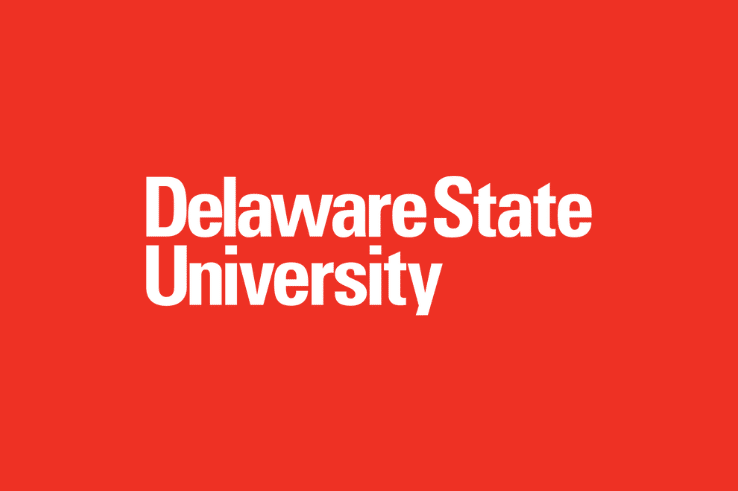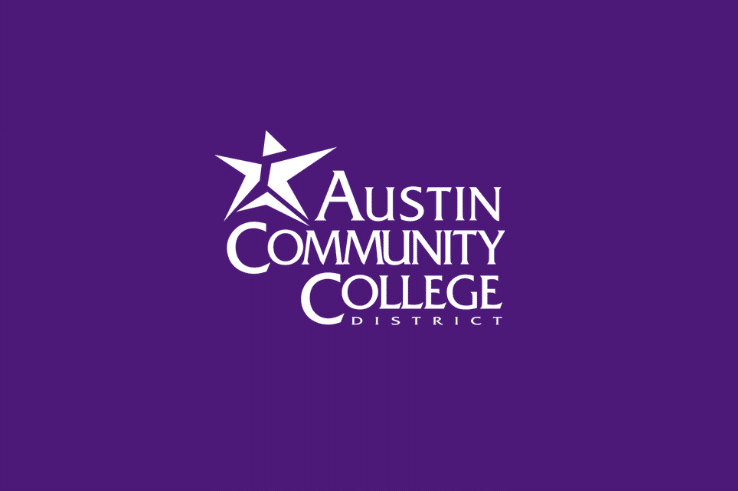The ChallengeRelying on tools that weren’t built for education
Monash Virtual School—an educational initiative spearheaded by Monash University—was struggling to adapt legacy systems to effectively deliver their online courses. “Most forms of educational technology are not actually educational technology,” begins Mike Phillips, Professor of Digital Transformation in the Faculty of Education at Monash University. “They’re tools that have been developed for other purposes, like business, and have been adopted by education, but they’re not necessarily fit for purpose.”
“Our existing tech was adequate at best,” Mike explains. “So we were looking for different solutions to enable the students who come along to the Monash Virtual School greater, more seamless online educational experiences that could provide better learning outcomes.”
But Monash also needed a tool that could better support pre-service teachers. “They were struggling to learn the content they needed to teach, the platforms they needed to use, and then to think about the different kinds of learning designs they wanted to include and to find other platforms outside of our main teaching and learning platform. It was just overwhelming for them. It was really, really difficult,” shares Mike.
Ultimately, they needed a tool to centralize, simplify, and enhance the online educational experience for teachers and students. “We were looking for something that brought together all the different kinds of learning designs, all the different kinds of options that people had been experimenting with into one package,” recalls Mike. “But the thing that was most important for us at the Monash Virtual School was actually being able to have data-informed conversations with our pre-service teachers about what it was that they were doing in their classes, so we could improve student learning.”
The SolutionA single tool with many pedagogical possibilities
“When we first saw Class, we were really excited about some of the pedagogical features that enabled us to do things that were just simply not possible on other platforms,” explains Mike.
“We use Class in some predictable and some unpredictable kinds of ways,” Mike continues. “We want students to be actively involved in classes—not just sitting there and listening to somebody talking at them. We also provide pre-service teachers with a lot of professional learning around the different ways they can incorporate different kinds of features into their classes and lesson plans.”
Class also provides valuable data to help enhance both teacher performance and student learning. “We think about the kinds of activities in terms of the data that is produced within Class, and we use that data to inform our pre-service teachers about the effectiveness of their teaching designs and the ways in which they might look to enhance those in the future,” shares Mike.

 Reliable privacy mode
Reliable privacy mode
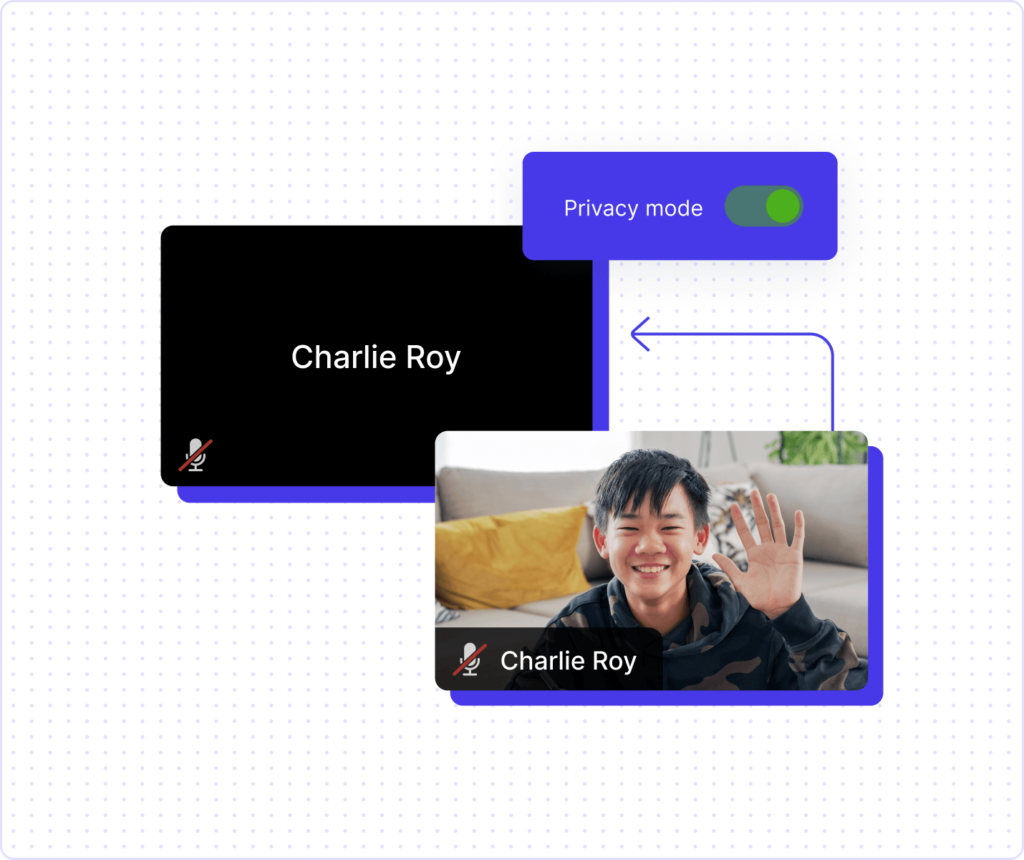
“I remember the first thing that struck me as a complete game changer was privacy mode, being able to give students the option as to who sees their camera feed, whether it’s everybody in the class or whether it’s just the teachers or instructors who get to see that camera feed. All of a sudden, we’re able to see our students and start to pick up extra feedback cues from them about their understanding of what it is that we’re teaching,” shares Mike.
 Interactive polls & breakout rooms
Interactive polls & breakout rooms
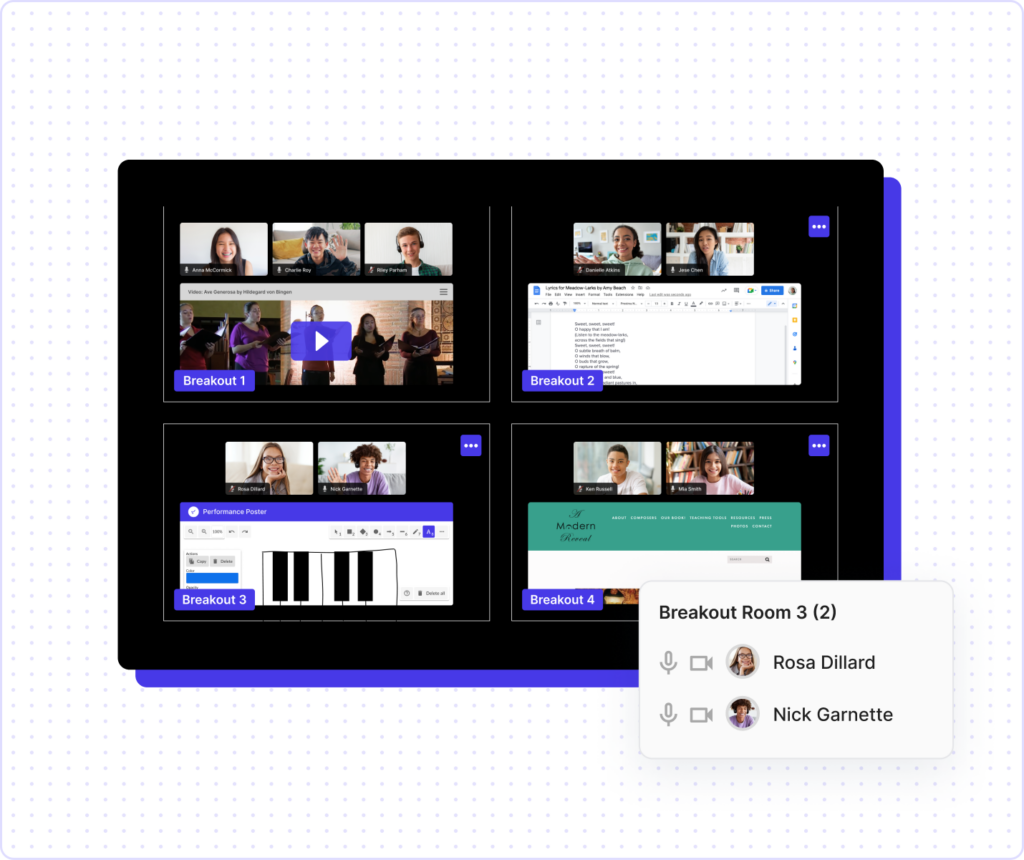
“One of the fantastic things our pre-service teachers can do with Class is use features that would be difficult to manage alone, like polls and breakout rooms, to get students thinking metacognitively. It’s not just about whether students get the right answer. It’s about how they got there. For example, we place students who answer a poll question correctly or incorrectly into separate breakout rooms, and we’re actually able to tailor the learning experiences in each of those breakout rooms,” explains Mike.
 Single, intuitive learning tool
Single, intuitive learning tool

“When people are teaching in Class, it’s fantastic because all the features that they need are included in the one platform. Our students who come along to the classes don’t need to go outside to another browser window to look at a video or to go to a different system to answer the polling questions. Everything is connected together, and it makes the transition between learning activities much easier, much more seamless for our pre-service teachers,” says Mike.
 Inclusive ‘Follow Me’ feature
Inclusive ‘Follow Me’ feature
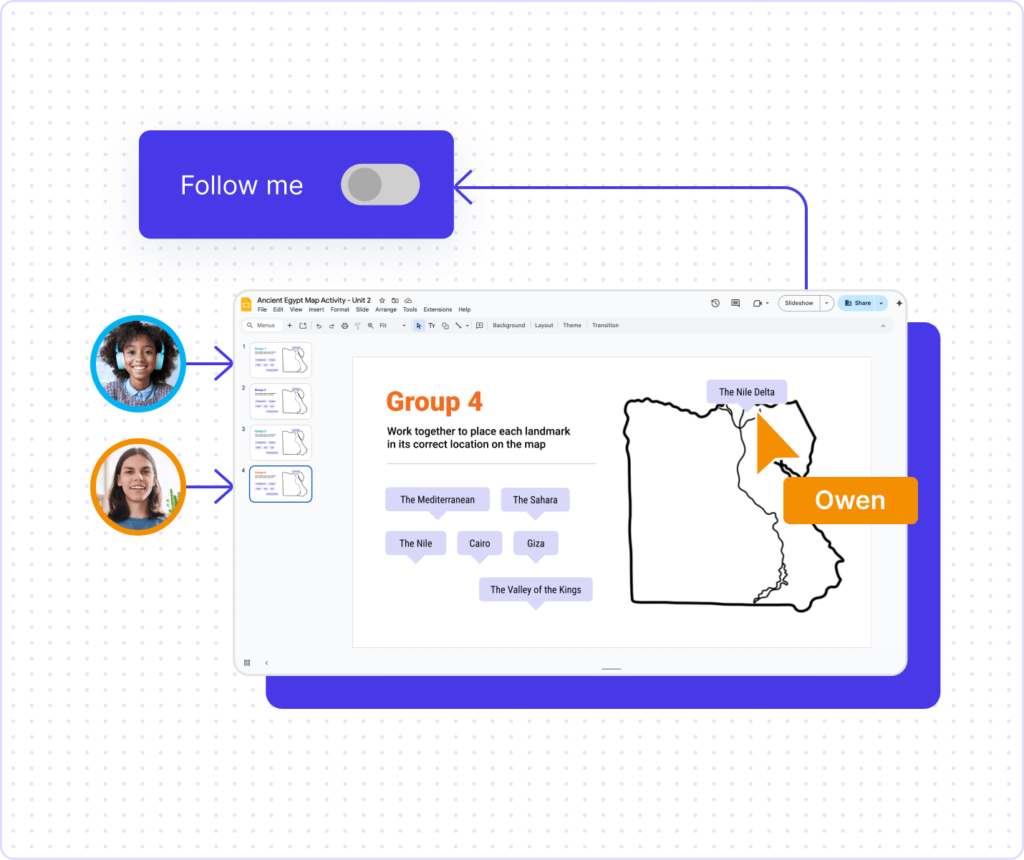
“One of the things that’s fantastic about Class is that our students don’t get lost. Features such as Follow Me, where a teacher or instructor can just click on a button and it will bring students to the same page that they are, where they’re able to lock students onto a particular learning activity so that the navigation for students becomes much easier, is hugely beneficial when orienting students to Class. The integrated nature of it is a real game changer,” notes Mike.
The ResultFrom guesswork to growth with data-informed reflection
“The students who come along to Class really enjoy it because of its integrated nature,” adds Mike. “Everything that they need is at their fingertips within the one platform.”
And for pre-service teachers, Class’s impact goes beyond convenience; it’s transforming how they learn to teach. “After every class, the pre-service teachers spend time with us debriefing and reflecting on their teaching practices and the learning outcomes that they think that students have been able to achieve as a consequence of their lesson,” Mike notes.
Previously, these reflections were often based on intuition. “Those conversations used to be informed by people’s subjective feelings—their guess as to how things were going in lessons. But with Class, we’re able to have data-informed conversations and set measurable goals for both teachers and students,” concludes Mike.

With Class, Monash Virtual School:
Increased self-confidence for students
“From students who complete pre- and post-class surveys, we know that they have an increased self-confidence as a result of attending Monash Virtual School classes. And a huge amount of that is because of the features and the ways in which Class is able to represent content for them,” says Mike.
Improved teachers’ ability to teach
“We also know from our own internal research that Class has contributed to statistically significant gains in our pre-service teachers' online teaching capacities,” boasts Mike.
Enabled data-driven reflection
“With Class, we're able to have data-informed conversations. We can have both the subjective but objective measures of what pre-service teachers have achieved and what students have achieved. And that's not only great in terms of their reflection and understanding of what was effective in the class they just taught, but it also enables us to set data-informed goals for future classes that they're going to teach,” celebrates Mike.
Ready to see what Class can do for your organization?




